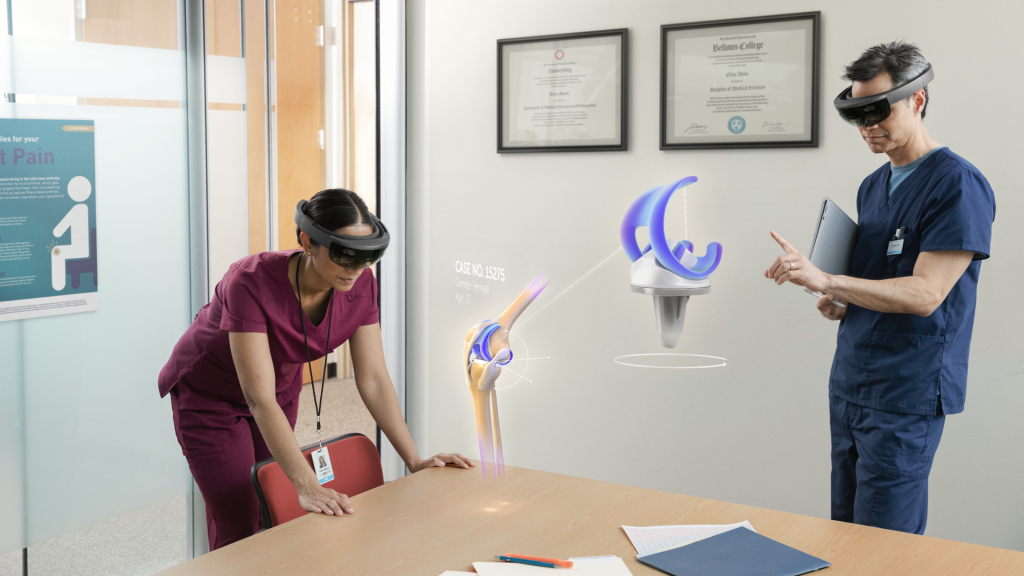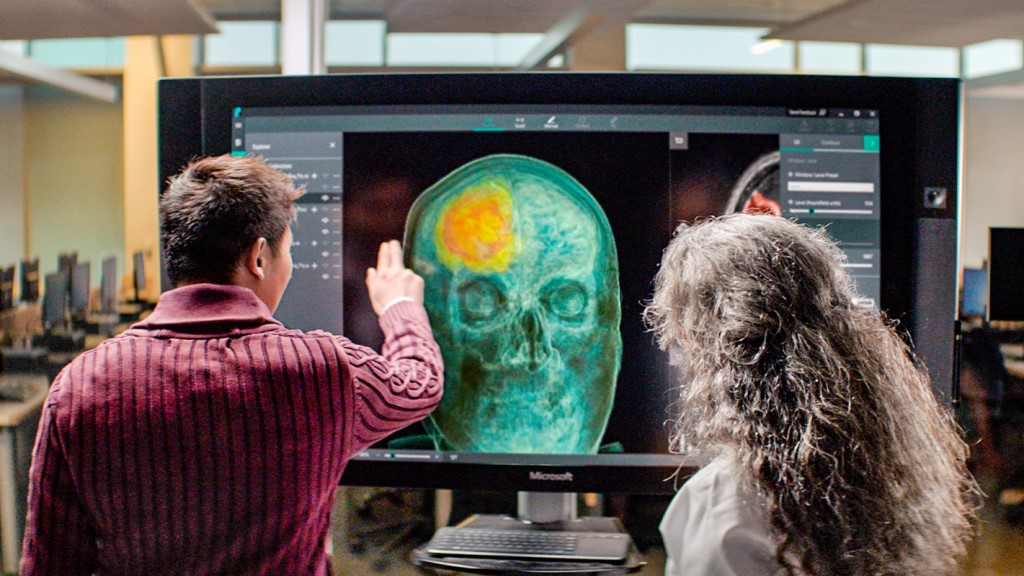
6 steps for successful change management in healthcare

Going through change as an organisation can be a daunting process. Even more so if you’re in healthcare and patients depend on a smooth journey through the system.
65 million people depend on the NHS. A million patients are seen every 36 hours. It employs over 1.5 million people. Any change should be done carefully and always with the patient at heart.
Here are six steps to consider when you’re changing to ensure success.
1. Build a case for change
At 70 years old, it’s important to ensure the NHS leverages digital transformation and the positive changes it can bring for healthcare staff and the patient experience.
New technology can bring great benefits to healthcare. AI is being used to find tumours in MRIs faster and more accurately. HoloLens is helping aid surgery. Big data is helping provide personalised care.
In order to do this successfully, you need to go back to basics and ensure you have the foundation to match.
Tip: Think about what your goals are and how you can leverage technology to help.
Better tools are needed for information sharing, coordination, flexibility, and empowering your workforce. After all – anything that ensures employees spend more time providing care and doing what they do best is something worth changing for.
At the South London and Maudsley Trust (SLaM), they switched to Office 365 to help open communication. This makes it easier for different teams to coordinate care and quickly exchange information. Thus providing better patient care.
“One of the most exciting things we’ve done is adopting Office 365 across the trust,” says Stephen Docherty, CIO NHS – SLaM and Chair of London CIO Council. “In particular, Microsoft Teams has improved the flow of information and decision making, and brought people from disparate teams and sites into one collaborative group.”
SLaM use Power BI and Teams to track bed capacity, saving the Trust a lot of money. They also use Power BI to expand services and improve outcomes. Communication is easy thanks to the tools in Teams.
“Because the platform is so easy and intuitive, we find a lot more collaboration and information sharing taking place,” says Docherty. “This translates to giving clinicians the right information and the right tools, enabling them to spend more time with patients.”
2. Create a shared vision
A vision is where you aspire to be. It’s your organisation’s purpose. The drive that inspires you to get out of bed everyday and go into work.
Tip: Start by looking at where you are currently – warts and all. Then develop your vision based on the organisation’s strengths and weaknesses. Encourage staff to take part in the process. See where they think they are and where they aspire to be. Create a strategy out of this vision, communicate regularly to ensure everyone is brought along the journey, and listen to feedback.
According to the CPID Job Quality Index, about three in four workers feel like they do useful work. 48 percent believe their work benefits society and, as a result, they’re highly motivated by the core purpose of the organisation.[1]
A shared vision that inspires everyone will create a sense of purpose. This purpose will drive people along that journey successfully. Celebrating when goals are met will help motivation levels and bring everyone together as a team.

3. Empower employees with the right tech
According to the WEF, the biggest barrier facing adoption of new technologies is the lack of understanding the opportunities. [2]
Tip: The way to ensure adoption is to take a human-centric approach. How will this technology help empower your staff to provide the best level of care?
At Greater Manchester Mental Health, 6,000 staff deliver mental health services across 100 locations. In order to improve productivity and take back time, they switched to Surface devices and Windows 10.
“Our consultants share machines and could be switching between user profiles up to ten times a day which accumulated to hundreds of wasted hours,” says CIO Andre de Araujo. “Now, it’s much easier for staff to work on the go and have everything they need close to hand securely. It’s sped up the efficiency and accuracy of decision making so staff can see more patients.
“It’s not a case of trying to convince our users to adopt the change – people can see the benefits they bring. It gives me enormous satisfaction that our technology decisions are having a powerful effect on staff morale and productivity and benefiting our community with better quality clinical services.”
4. Lead by example
Now is not the time for ‘do as I say, not as I do’. You’ve created a shared vision. Then put the technology in to empower your team. But if you don’t actually follow or use it, what message do you think that sends?
Tip: The leadership team needs to live and breathe the shared vision and goals. You’re all in this together and you need to lead by example.
5. Be open and transparent
A huge part of change management is being open and transparent throughout the process.
Tip: By being transparent, everyone will understand their place in the business vision and how their individual roles contribute to that vision.
The CIPD survey respondents say that while 42 percent see managers seeking employee views – only 33 percent allow these views to influence decisions.[1]
Unfortunately, only 17 percent of people are satisfied with opportunities to express their views to senior management. By listening to feedback, acknowledging failure, celebrating wins, and adjusting your vision or goals to match, you’ll create a stronger, more empowered organisation.
You can use tools like Teams and Yammer to communicate, listen to feedback, have meetings, and work together no matter where you’re all based.

6. Continually reinforce the value of change
Make change the norm by reinforcing its importance. From the outset provide continuous online/in-person training and education of your vision and goals. Ensure there’s training on new tools and processes. Have specific employees champion these to show their legitimacy. They can also help encourage a culture of learning and improvement, as well. 70 percent of employees indicated that job-related training and development opportunities influenced their decision to stay at their job. It’s even more critical for millennials too, where the figure rises to 87 percent.[3]
Use data to track your organisation’s changes. Address weak points and recognise strengths. Create support systems and KPIs linked to your changes to ensure everyone is encouraged to use them. Above all, make sure everyone celebrates success. Employees are more likely to keep change going when they know it works and they’re rewarded for making it work.
Tip: Change can take a while to stick. Communicate openly and honestly, share knowledge and lead by example. This will ensure change is put in a positive light rather than something scary and foreboding.
A habit takes about 66 days to form, but once employees see the benefits of change that habit will be solidified.
Listen to how technology is helping successful change management
[msce_cta layout=”image_center” align=”center” linktype=”blue” imageurl=”https://www.microsoft.com/en-gb/industry/blog/wp-content/uploads/sites/22/2019/01/Healthcare.jpg” linkurl=”https://info.microsoft.com/UK-DIGTRNS-CNTNT-FY18-10Oct-27-CreatingaCultureofDigitalTransformation-MGC0001289_01Registration-ForminBody.html” linkscreenreadertext=”Creating a Culture of Digital Transformation” linktext=”Creating a Culture of Digital Transformation” imageid=”6652″ ][/msce_cta]
[1] https://www.cipd.co.uk/knowledge/work/trends/uk-working-lives
[2] http://reports.weforum.org/future-of-jobs-2018/global-health-healthcare/
[3] https://www.shiftelearning.com/blog/statistics-value-of-employee-training-and-development




